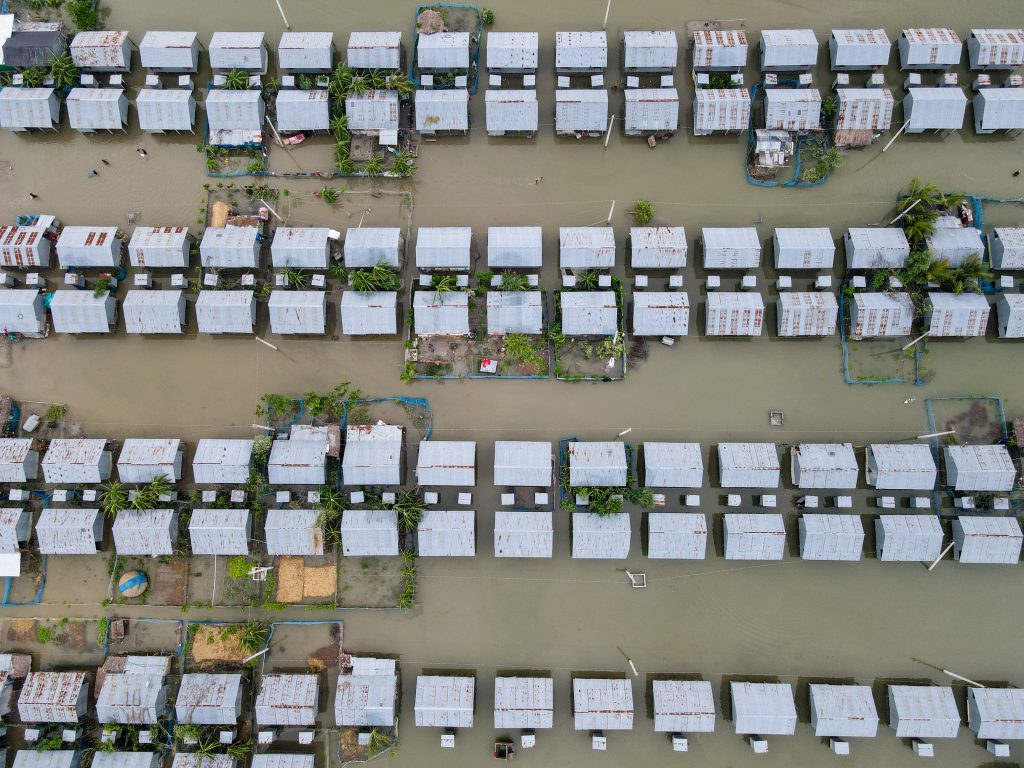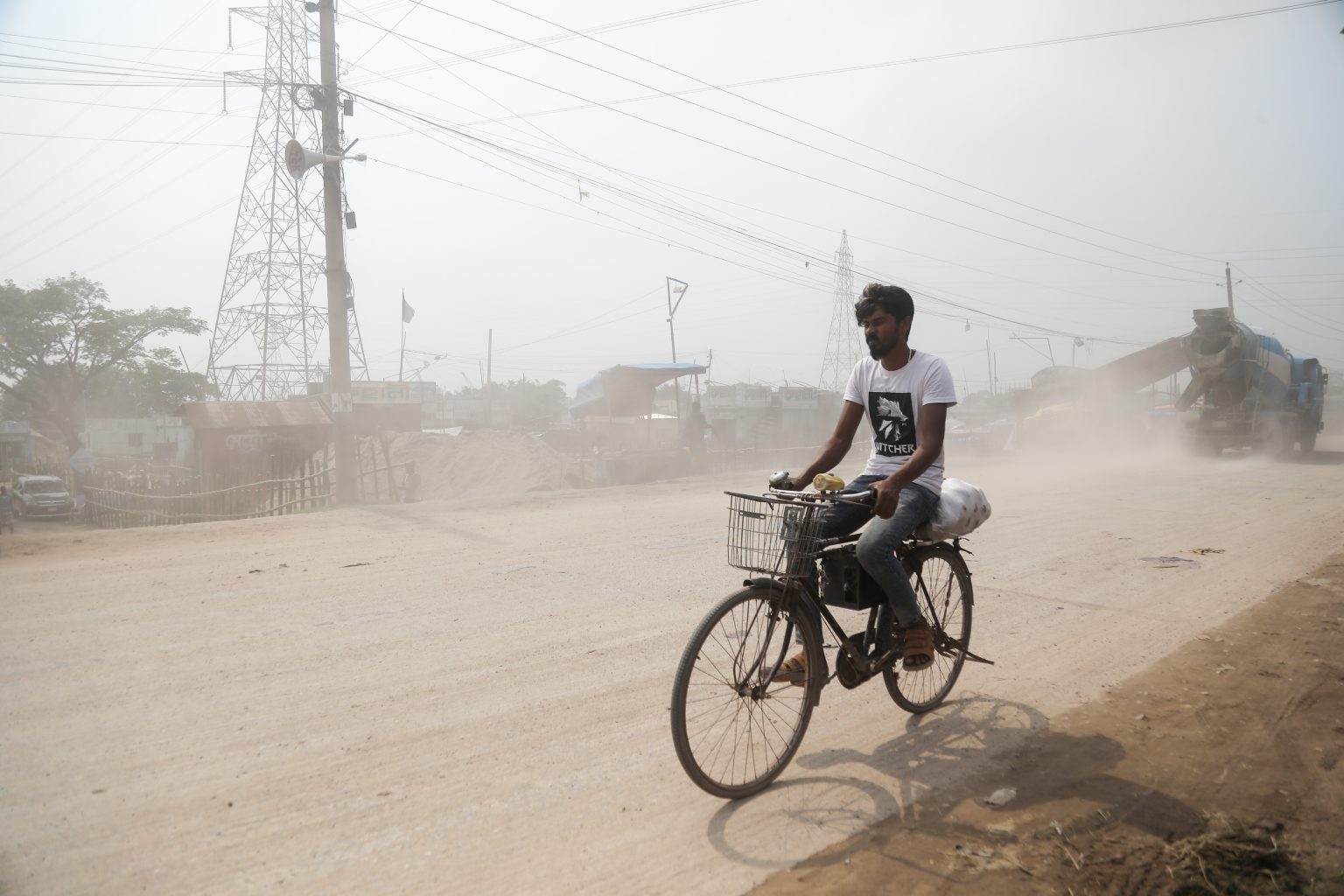Today is the World Environment Day. A lot of initiatives were taken by the Ministry of Environment, Forest and Climate Change in order to maintain the greenness of Bangladesh. Although these initiatives were released ensuring a full-on turn-over, it seems that no action has been taken so far for the changes to appear. According to a study done by the ministry, Bangladesh sits 175 out of 180 countries in the 2024 Environmental Performance Index. Out of the 11 categories that were mentioned, the highest pollution factors are Air pollution, and Habitat and Biodiversity degradation.
The adviser of the Ministry of Environment, Forest and Climate Change, Syeda Rizwana Hasan, proposed the banning of plastics as the primary objective. She said that plastic wastage (mostly plastic bags) contributes to the damage of the water eco-system. Many marine predators mistakenly take these plastic bags as animals which eventually brings their demise. Taking this into consideration, the decision to ban plastic bags from being used was proposed. The first plans of this banning propositions targeted shopping markets. Instead of plastic bags, an alternative of using jute and such renewable materials as the base product were used.
The second stage was to hit the typical grocery shops located in Karwan Bazar, Gulistan and so on. Unfortunately, the second stage did not come into full effect. We still tend to use plastic bags after shopping and we dispose them scatteredly. This is a fuel to worsen the situation towards marine eco-system and makes the waters become inhabitable for marine animals.

With the air pollution topping the criteria, with the rates rising with the years, Dhaka city is the hotspot of air pollution compared to other regions. In a research done by the ministry (titled “Bangladesh National Air Quality Management Plan 2024-2030”), air pollution in Bangladesh is responsible for thousands of premature deaths and billions of days lived with illness every year. Health impacts in Bangladesh from ambient and household included more than 159,000 lives lost and 2.5 billion days lived with illness in 2019. The cost of these health effects was estimated to be equivalent to 8.3 percent of GDP (2019).
Deeper assessments revealed that households (especially biomass stoves) contributed to 28 percent of the pollution followed by power plants (24 percent), brick kilns (13 percent), openly burning of waste (11 percent) and road dust and transportations (combined to 12 percent). Although many initiatives were taken (such as cleansing of vehicles and keeping burning and open construction materials within certain boundaries) into consideration, it seems that the actions have swayed without any form of outcomes.
Lastly, an initiative was taken to bring back the canals. The Dhaka North City Corporation (DNCC) proposed to canals to revive 220km of waterways. The Administrator of DNCC Mohammad Azaz states that 108km of canals have been dredged so far with the rest to be dredged by the end of the year 2025. A lot of canals in the city are being polluted by the disposing and burning of waste. This in turn clogs the waterways and creates an environment suitable and loved by mosquitoes. The increase of the population of the mosquitoes elevates the dengue and malaria scenarios in those areas. Unfortunately, it seems that the actions have not been taken yet. The process is very slow and the monsoon seasons will bring in the rise of mosquito transmitted diseases.
The government’s responsibility is to monitor their progresses strictly and to ensure that their propositions for creating a greener environment should be implemented as quickly as possible. Researchers should come up with ways on how pollution can be reduced from the factors mentioned in order to make a safe and breathable Dhaka.


